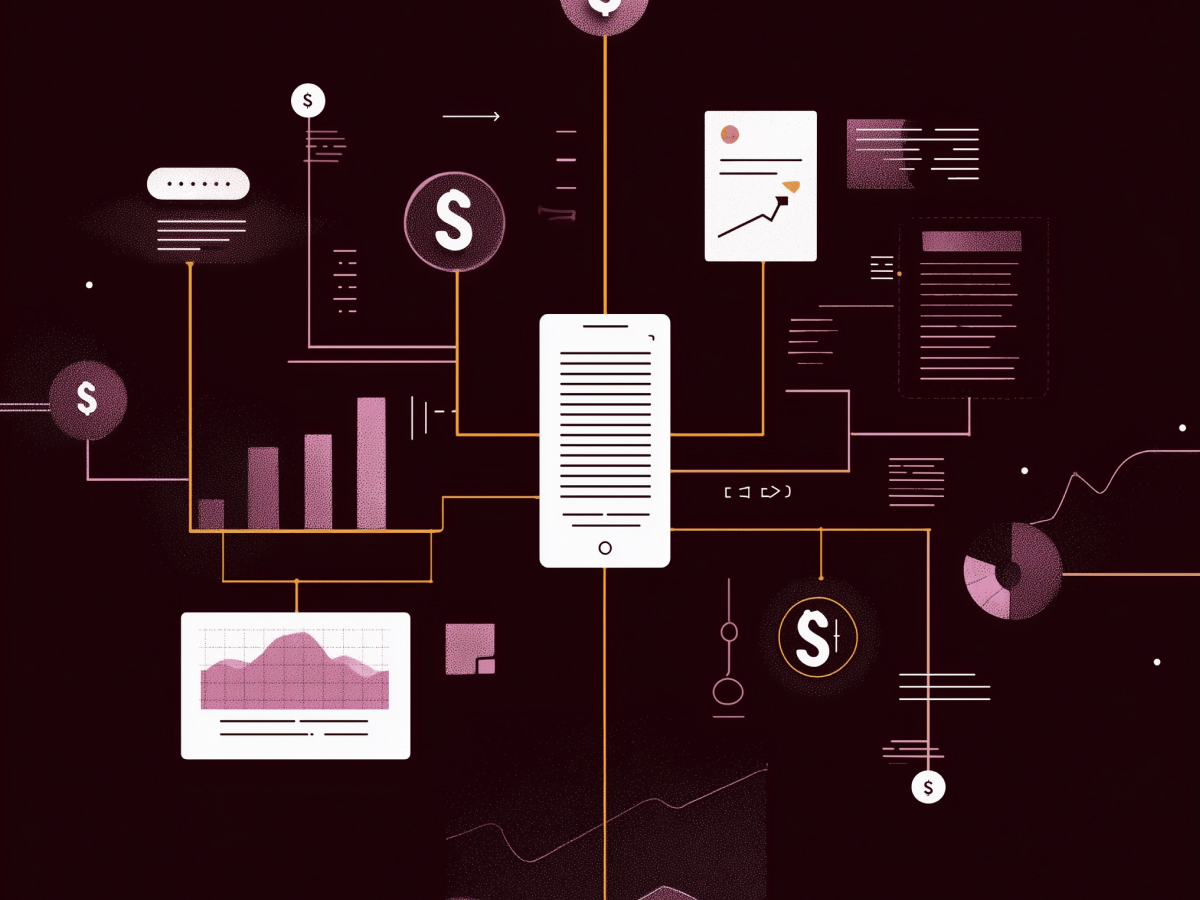Technology decisions driven by trends lead to inefficiencies
Many companies waste time and money chasing the next shiny tech trend without asking a simple question—“Do we actually need this?” Technology isn’t, and shouldn’t be, fashion; yet, it’s still frequently treated that way. It’s a seductive mistake, and the cost is high. Organizations pour resources into tools like Kubernetes or generative AI because everyone else seems to be doing it. But just because it’s trendy doesn’t mean it’s useful.
Take the Commonwealth Bank of Australia as an example of doing it right. They used AI to cut scam losses by 50% and reduce customer-reported frauds by 30%. Why? They focused on what the technology could do for their specific challenges, not on fitting into the latest tech craze. That’s the kind of clarity most businesses need but rarely achieve. Too often, the decision-making process is driven by hype, leading to unnecessary complexity and costs. The lesson here? Before jumping on the bandwagon, make sure the tool fits the job.
“In technology, as in engineering, simplicity wins. Complexity for its own sake doesn’t make a company innovative, and just makes operations harder to manage. “
Kubernetes adoption stemming from misguided motivations
Kubernetes is a perfect example of a good tool applied in all the wrong ways. Designed by Google for massive-scale cluster orchestration, it’s brilliant for managing microservices at their level of operation. But the problem is that most companies are not Google. They don’t need the industrial machinery for a task that could be done with simpler, cheaper solutions.
And yet, Kubernetes is everywhere. Why? Partly, it’s the allure of complexity. As Tom Howard aptly put it, Kubernetes is “the most complicated simplification ever.” Some engineers push for it because mastering Kubernetes makes them indispensable. It’s a self-preservation move disguised as innovation. Meanwhile, the rest of the team spends days wrestling with YAML files and scouring Stack Exchange for fixes.
For most organizations, Kubernetes is like bringing a jet engine to power a bicycle. The engine might be impressive, but it’s unnecessary and it’s slowing you down. Before implementing a tool this complex, ask yourself if it’s solving a problem or creating new ones.
Generative AI is effective in limited contexts but often misapplied
Generative AI is a fantastic tool for the right job. In software development, it’s like having a highly efficient assistant. Tools like GitHub Copilot streamline workflows, helping developers access documentation faster and write better code. According to Menlo Ventures, 51% of enterprises are using AI in software development, and that’s where the tech really shines.
But here’s where things go sideways: people start applying generative AI to tasks it’s not suited for. For example, creating “thought leadership” posts on LinkedIn. Did you know 54% of these posts are AI-generated? It’s painfully obvious, and it does more harm than good. If you can’t take the time to write your own thoughts, or at least use AI as an assistant to present your thoughts with more clarity, why should anyone else take the time to read them?
Generative AI isn’t magic. As Andrej Karpathy explained, when you ask an AI for answers, you’re essentially tapping into human-labeled data distilled into statistical models. That’s great for tasks where pattern recognition works but terrible for areas needing creativity or nuance. The key is understanding the tool’s limits and sticking to areas where it genuinely adds value.
Thoughtful technology adoption requires fit-for-purpose assessment
Adopting technology because it’s popular is a surefire way to waste money. Whether it’s Kubernetes, generative AI, or cloud solutions, the real question isn’t, “Is this cutting-edge?” but rather, “Does this solve a real problem for us?”
There’s a cautionary tale in the overgeneralization of open-source solutions. At one point, open source was hailed as the answer to everything. And while it’s fantastic in some areas (security being a prime example) it’s not a universal fix. The same is true for AI, Kubernetes, and other trendy tools.
The reality is, good decision-making in tech boils down to context. The phrase “it depends” might sound noncommittal, but it’s the smartest stance you can take. Focusing on whether a tool aligns with your unique challenges and objectives is what’ll help you avoid the trap of chasing trends and invest in solutions that actually deliver results.
Final thoughts
Are your tech decisions building something meaningful, or just feeding into the noise? Every dollar and hour spent on a trendy solution that doesn’t fit your goals is a step away from innovation. What would your business look like if you focused on tools that truly solve your problems and drive your vision forward?




